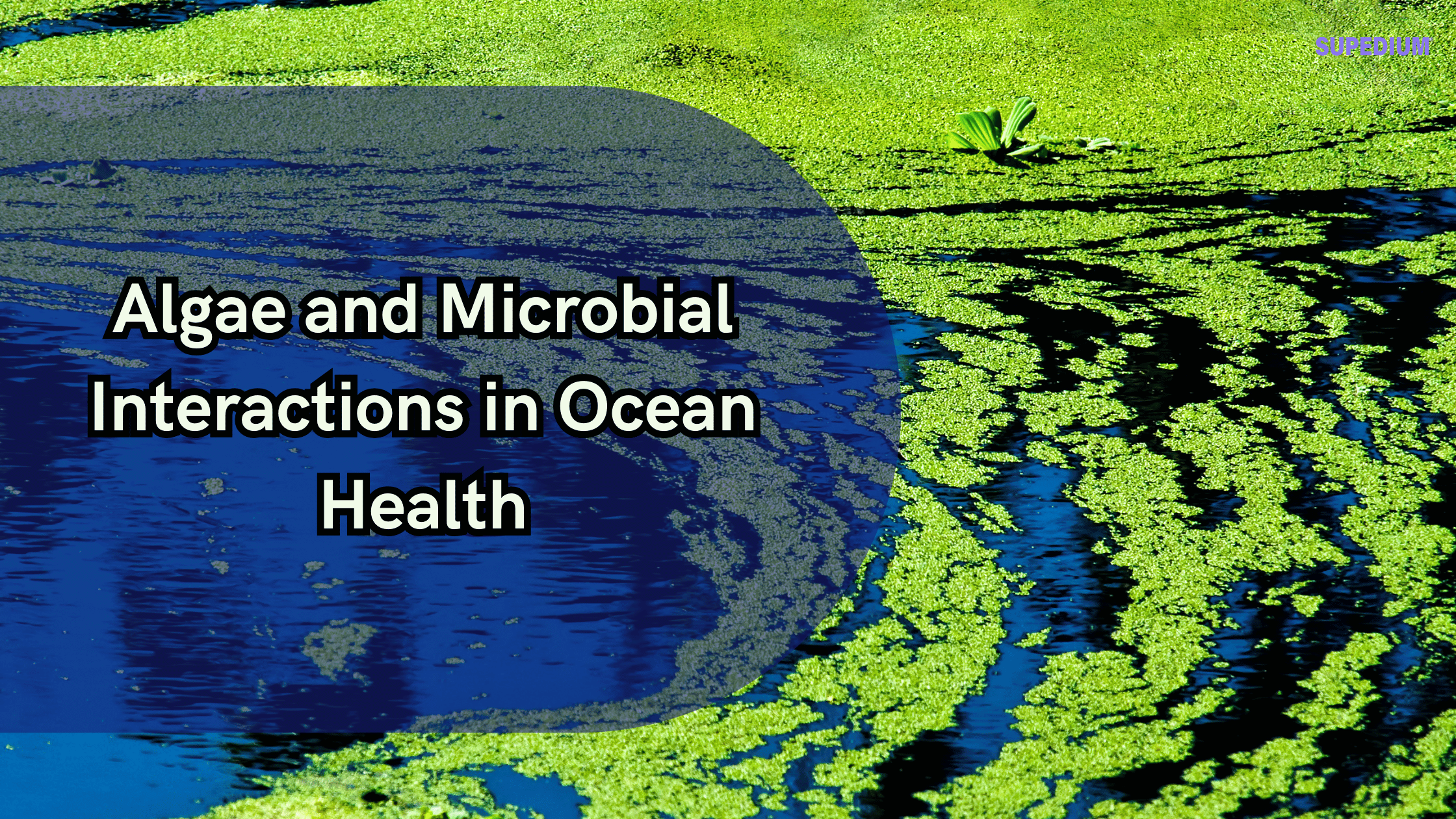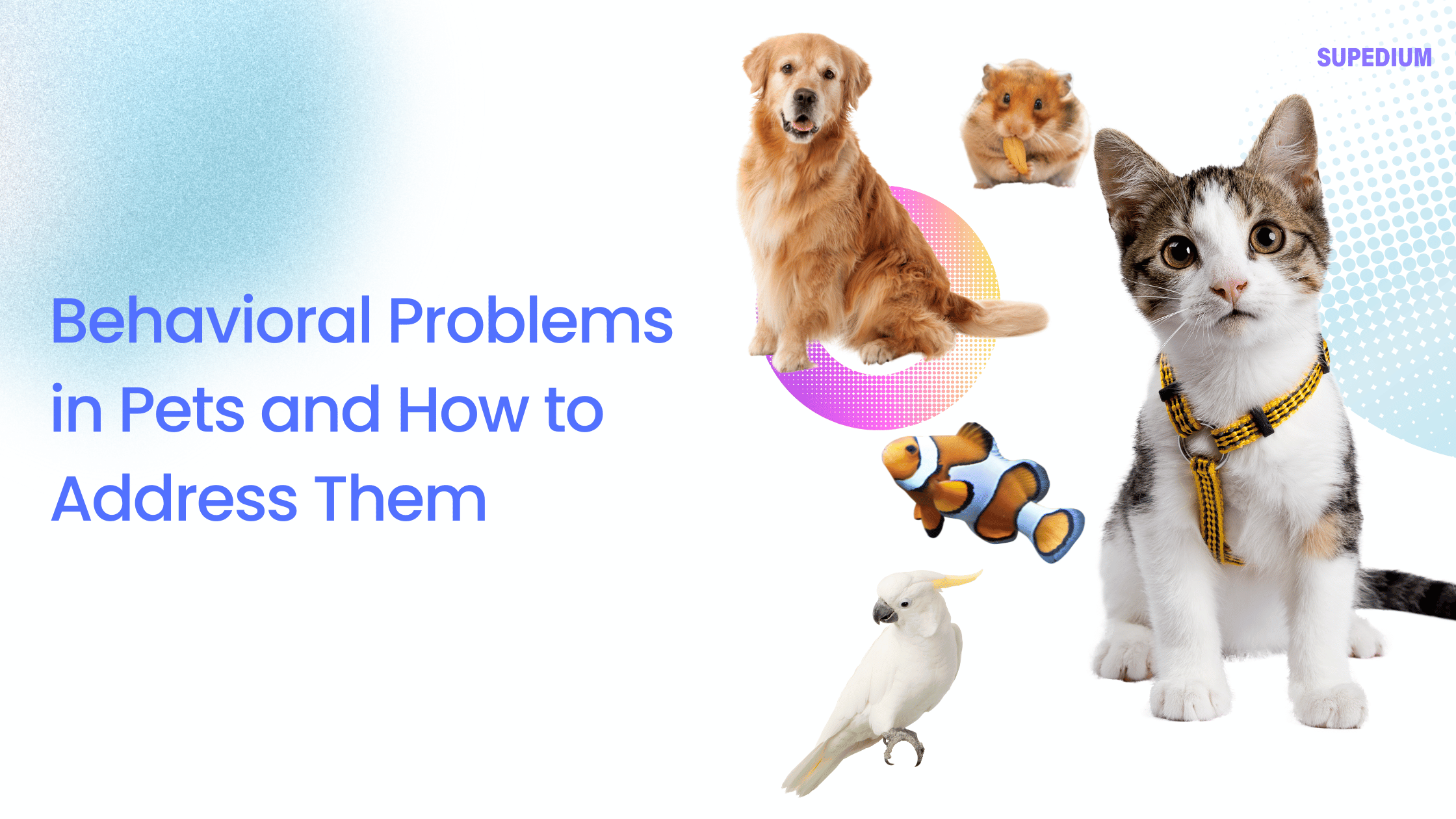Table of Contents
- 1 The Role of Algae in Ocean Ecosystems
- 2 Microbial Communities in Ocean Health
- 3 Algae-Microbe Interactions: Symbiosis and Mutual Benefits
- 4 Harmful Algal Blooms (HABs) and Microbial Interactions
- 5 The Impact of Ocean Health Decline on Algae-Microbe Interactions
- 6 Exploring the Future of Algae and Microbial Research in Ocean Health
- 7 Conclusion
![]()
The health of the world’s oceans is critical for maintaining global biodiversity, regulating climate, and supporting the livelihoods of millions of people. Oceans provide essential services, such as oxygen production, carbon sequestration, and nutrient cycling, all of which rely on complex interactions between different organisms. Among these organisms, algae and microbes play central roles in ensuring the vitality and balance of marine ecosystems. This article explores the essential role of algae and microbial interactions in ocean health, examining their symbiotic relationships, impacts on ocean ecology, and the challenges posed by environmental stressors.
The Role of Algae in Ocean Ecosystems
Algae as Primary Producers
Algae are among the primary producers in marine ecosystems, playing a foundational role in the ocean’s food web. Through photosynthesis, algae convert sunlight, carbon dioxide, and nutrients into organic matter, producing oxygen as a byproduct. This process not only supports a wide range of marine organisms but also contributes to the oxygen levels in the atmosphere, essential for life on Earth.
Algae provide a critical food source for many marine species, from tiny zooplankton to large fish and marine mammals. Phytoplankton, the microscopic algae that float near the surface of the ocean, are responsible for about half of the planet’s oxygen production, making them vital for maintaining atmospheric oxygen levels.
Algal Blooms and Ecological Impact
Algal blooms are naturally occurring events where algae grow rapidly due to an abundance of nutrients. While these blooms can provide essential nutrients to the ecosystem, they can also become problematic when they reach excessive levels. Harmful algal blooms (HABs) occur when certain algae species produce toxins that can harm marine life, disrupt food chains, and even affect human health. HABs are increasingly common due to human-induced factors such as nutrient pollution and climate change.
On the positive side, algae contribute to nutrient cycling by absorbing and redistributing key elements like nitrogen and phosphorus, essential for sustaining the food web. However, an imbalance in nutrient levels, often caused by agricultural runoff and industrial waste, can lead to overgrowth, or eutrophication, which can suffocate marine ecosystems.
Interactions with Marine Organisms
Algae interact with a range of marine organisms, from microscopic creatures to large animals. These interactions are crucial for maintaining ecosystem health. Algae provide habitats for marine species, and in some cases, algae can form symbiotic relationships with other organisms, such as corals and shellfish, contributing to biodiversity.
Microbial Communities in Ocean Health
Types of Marine Microbes
Marine microbes include bacteria, viruses, fungi, and protozoa, each playing a specific role in ocean ecosystems. These microorganisms are vital in maintaining the balance of oceanic biogeochemical cycles, including nitrogen and carbon cycling. The oceans are home to a vast and diverse microbial community, with some estimates suggesting that marine microbes account for up to 70% of all biomass in the ocean.
Bacteria are particularly important in decomposing organic matter, recycling nutrients, and supporting other organisms in the ecosystem. Viruses also play a significant role by controlling the populations of other microorganisms, helping to regulate microbial communities and prevent overgrowth.
Microbes as Decomposers and Nutrient Recyclers
Marine microbes are responsible for breaking down dead organic matter, recycling nutrients back into the ecosystem. This process ensures the continuous flow of essential elements like nitrogen, phosphorus, and sulfur, which are necessary for the growth of algae and other marine life. Microbes also play a role in transforming organic carbon into a form that can be sequestered in the deep ocean, contributing to the ocean’s role in carbon storage and climate regulation.
By maintaining nutrient cycles, microbes help support the primary productivity of algae and other photosynthetic organisms, which in turn form the base of the marine food web. Microbial activities such as nitrogen fixation, denitrification, and sulfur cycling are essential for sustaining healthy, productive ocean ecosystems.
Diversity and Abundance of Marine Microbes
Marine microbes are found in virtually every part of the ocean, from surface waters to the deepest ocean trenches. Microbial populations vary depending on the region and environmental conditions. For example, coastal areas often have a higher abundance of microbes due to nutrient-rich waters, while the deep ocean may harbor unique microbial species adapted to extreme conditions.
Research into marine microbiomes has shown that microbial communities are incredibly diverse and dynamic. These microbes form the backbone of ocean health, contributing to ecosystem services like food production, oxygen generation, and waste management. Changes in microbial diversity can have significant implications for ocean health, particularly when environmental stressors disrupt the balance of these communities.
Algae-Microbe Interactions: Symbiosis and Mutual Benefits
Symbiotic Relationships Between Algae and Microbes
Algae and microbes engage in a variety of symbiotic relationships that benefit both parties. One of the most notable examples is the relationship between algae and nitrogen-fixing bacteria. Nitrogen is a limiting nutrient in many marine environments, and nitrogen-fixing bacteria convert atmospheric nitrogen into a form that algae can use for growth. In exchange, algae provide the bacteria with organic carbon produced through photosynthesis.
Another form of symbiosis occurs between algae and bacteria involved in bioremediation. Certain bacteria can break down pollutants like petroleum or heavy metals, transforming them into less harmful compounds. These microbes thrive on organic matter produced by algae, creating a mutually beneficial relationship that helps maintain clean and healthy ecosystems.
Mutual Benefits: Nutrient Exchange and Growth Enhancement
Microbes and algae engage in nutrient exchange that enhances growth and productivity in the ocean. Algae, through their photosynthetic process, produce organic compounds that support the growth of various microbial species. These compounds include sugars, amino acids, and other organic molecules, which serve as food for microbes. In return, microbes process nutrients such as nitrogen and phosphorus, which can be utilized by algae, boosting their growth.
This mutually beneficial relationship helps maintain the nutrient balance in ocean ecosystems. In many cases, the presence of both algae and microbes promotes greater biodiversity, ensuring that the ecosystem can support a wide range of marine life.
Biofilms and Protection Against Pathogens
Biofilms are clusters of microorganisms that adhere to surfaces, such as algae cells, and form protective layers. These biofilms can shield algae from harmful pathogens, such as bacteria and viruses, by preventing them from attaching to the algae. This is particularly important in the ocean, where harmful microbes can cause disease outbreaks that disrupt marine food webs. The biofilm’s protective function ensures that algae can thrive in diverse environments, from coral reefs to open ocean waters.
Harmful Algal Blooms (HABs) and Microbial Interactions
Formation and Causes of Harmful Algal Blooms
Harmful algal blooms (HABs) are a significant concern for ocean health. These blooms occur when certain algae species, often fueled by excessive nutrients (like nitrogen and phosphorus), grow rapidly and produce toxins. HABs can disrupt marine ecosystems by depleting oxygen levels in the water, leading to “dead zones” where marine life cannot survive. The toxins produced by HABs can also accumulate in seafood, posing a health risk to humans and wildlife.
The Role of Microbes in HAB Development
Microbial communities play a crucial role in the development and progression of harmful algal blooms. Certain bacteria can promote the growth of specific algae species by influencing nutrient availability or producing compounds that stimulate algal growth. Conversely, microbes can also help control HABs by degrading toxins produced by algae or competing with algae for nutrients.
The interactions between algae and microbes during HAB events are complex. In some cases, harmful microbes may exacerbate the bloom by enhancing nutrient availability or promoting the growth of toxin-producing algae. In other cases, microbes may help mitigate the effects of HABs by breaking down toxins or limiting nutrient inputs.
Mitigating HABs: The Potential for Microbial Control
Research is exploring the potential of using microbes to control harmful algal blooms. Certain microbes, such as bacteria and fungi, have shown promise in degrading the toxins produced by harmful algae or inhibiting algal growth. By manipulating microbial communities, scientists hope to develop bioremediation strategies to reduce the frequency and severity of HABs.
The Impact of Ocean Health Decline on Algae-Microbe Interactions
Ocean Acidification and Microbial Communities
Ocean acidification, caused by increased atmospheric CO2 levels, poses a significant threat to marine life, including algae and microbes. Acidification alters the pH of seawater, which can disrupt the ability of microbes to process nutrients and produce essential compounds for algae growth. This, in turn, affects the algae’s role in carbon sequestration and oxygen production. Ocean acidification also has the potential to shift microbial community compositions, favoring harmful bacteria over beneficial species.
Ocean Warming and Microbial Dynamics
Rising ocean temperatures, driven by climate change, affect both algae and microbial communities. Warmer waters may alter microbial diversity, leading to shifts in the types of bacteria and algae present in different ecosystems. This can affect the overall health of marine ecosystems, reducing the productivity of algae and disrupting food webs. In some cases, warmer temperatures may promote the growth of harmful algal blooms, exacerbating existing ocean health challenges.
Pollution and Contaminants
Pollution, including plastic debris and heavy metals, impacts both algae and microbial communities. Pollutants can inhibit microbial functions, making it harder for them to recycle nutrients and maintain ecosystem balance. Contaminants can also affect the ability of algae to thrive, leading to reduced primary productivity and greater vulnerability to environmental stressors.
Exploring the Future of Algae and Microbial Research in Ocean Health
Advancements in Oceanographic Technologies
Technological advancements in oceanography are enabling researchers to study algae-microbe interactions with greater precision. Tools like metagenomics and high-throughput sequencing allow scientists to analyze microbial communities in unprecedented detail, helping to reveal the complex relationships that sustain ocean ecosystems.
Microbial Biotechnology for Ocean Health Restoration
Microbial biotechnology offers promising solutions for restoring ocean health. By harnessing the natural capabilities of microbes, researchers are developing methods for bioremediation, pollutant breakdown, and habitat restoration. These innovations could play a crucial role in mitigating the negative effects of climate change and human activity on ocean ecosystems.
Conclusion
Algae and microbes are integral to maintaining the health of the world’s oceans. Their interactions support essential ecological functions, such as nutrient recycling, oxygen production, and food chain support. However, environmental stressors such as climate change, pollution, and ocean acidification threaten these delicate relationships, with the potential to disrupt ocean health on a large scale. Continued research and technological innovation are crucial for understanding and preserving the complex interplay between algae and microbes, ensuring the sustainability of ocean ecosystems for future generations.
Share This





Be the first to comment